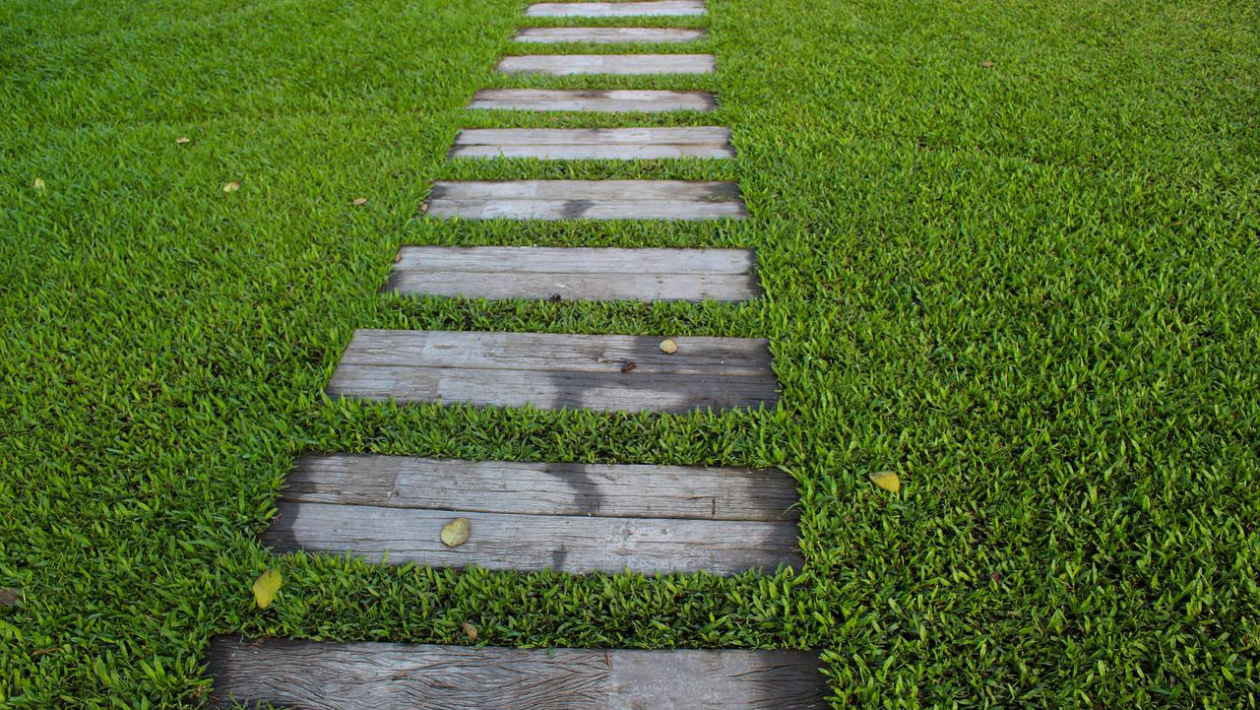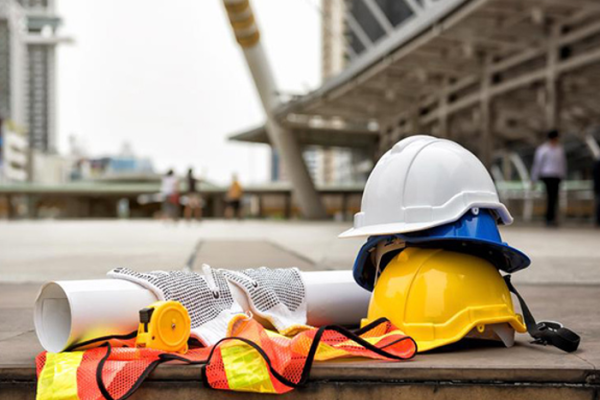Whether you’re constructing a natural grass field or a fake grass sports field, there are a number of environmental concerns associated with synthetic and natural grass. Here we discuss Greenhouse gas emissions, plastic waste, and the health of wetlands. These concerns are just the tip of the iceberg. Weighing the many advantages of synthetic and natural grass sports fields is critical. This article will help you determine whether these surfaces are the right choice for your project.
Greenhouse gas emissions
The study aims to determine the greenhouse gas emissions of fake grass. It will also look at the life cycle energy requirements and the potential release of metals and semi-volatile organic compounds from infill into water. These results will be useful for determining the environmental impact of sports fields. However, the study has some limitations. For instance, it only considers GHG emissions for sports fields in Europe and the United States. While the study is limited to a single field, it assumes that the synthetic grass system will be recycled at the end of its life cycle. This is unlikely, except in some cases in Europe, but it does make a difference in terms of total greenhouse gas emissions. In fact, total life cycle emissions from a single pitch could be in the region of 100 tons of CO2e. The installation of artificial turf also presents its own set of problems. In addition, this study did not look at the decomposition of the plastics used to create the synthetic grass. The value chain for fake grass starts with petroleum as raw material, while for natural grass, it begins with the plant protection products used on natural grass. Fake grass, on the other hand, does not require artificial fertilizers or pesticides, and has lower diesel consumption. Thus, it has a lower environmental impact than natural grass.
Plastic waste
There is an increasing awareness of plastic waste from fake grass installations. This is a growing problem in Maryland, where plastic waste from aging synthetic grass athletic fields is becoming an environmental problem. The waste is also a major source of micro plastics and toxic materials, including the rubber crumbs used to manufacture the turf. In response, Maryland lawmakers are considering a bill that would require synthetic turf manufacturers to track all their waste. Those that do so will be helping to protect the environment. One of the biggest challenges in disposing of plastic waste from fake grass is the lack of recycling facilities. Many communities lack proper facilities for the recycling of this material, so it is cheaper and easier to dump it in a landfill. However, the Synthetic Turf Council has not identified any places where plastic waste from fake grass can be recycled. Another waste disposal problem is plastic carpets, which are sent to landfills without being recycled. This is because these materials are contaminated with per and polyfluoroalkyl substances, which are toxic. While the industry is working to address this issue, it is not always easy to find ways to recycle the plastic waste. Some municipalities are turning to organic infill, but the disposal of this waste remains largely ignored. Recently, Maryland state legislator Mary Lehman attempted to introduce a bill requiring synthetic-turf producers to disclose their waste management practices. The industry’s response to her proposal is not encouraging. Lehman has stated that she plans to reintroduce the bill next year.
Health
The environmental and health impacts of fake grass are a major concern. There are many concerns about the presence of heavy metals and per and polyfluoroalkyl substances in synthetic turf. According to this study, fake grass can cause heat-related illnesses and skin infections. There is also concern about the impact of fake grass on wildlife. A human health impact assessment will consider these factors and make recommendations for the development of a sustainable, environmentally sound fake grass. The most prominent risks have been reported in children, who are exposed to larger amounts of material on the surface. These hazards are especially elevated if crumb rubber is used, which a component of fake grass is. Furthermore, these concerns come at a time when the trust of public health authorities and governments has been questioned. In addition, laboratory analyses of the crumb of fake grass have revealed the presence of toxic constituents. (Americanadventure.com) These findings are causing public health concerns, but there are ways to mitigate the risks. To combat these concerns, the American Society of Medical Engineers and the ASASM have collaborated to conduct a comprehensive assessment of the health and environmental impacts of fake grass. However, there are critical gaps in the evidence supporting its use. Therefore, the community needs to be involved in the decision-making process and develop alternative solutions, regardless if the current research regarding the health impacts of fake grass is not sufficient enough to support any new legislation.






